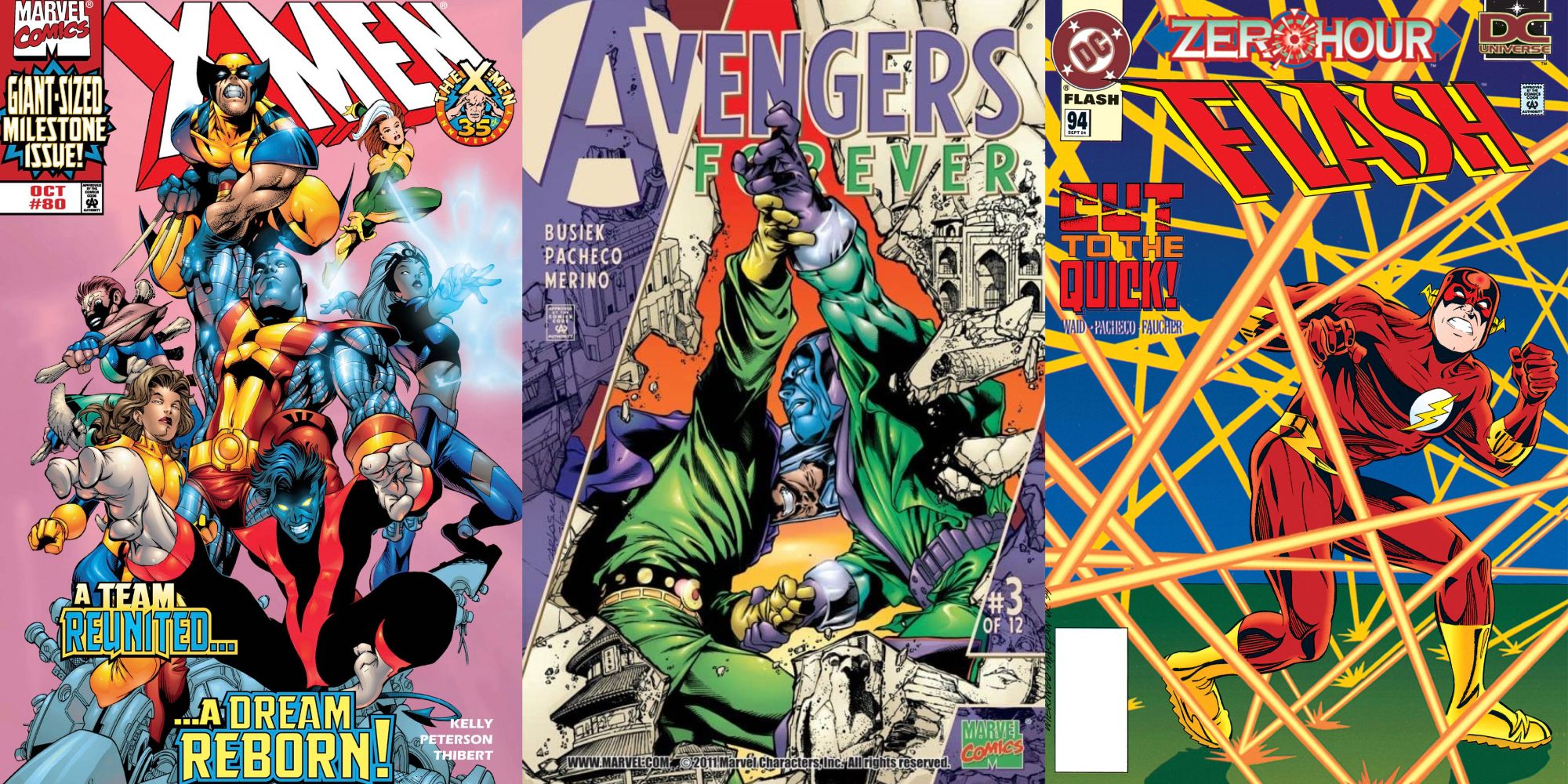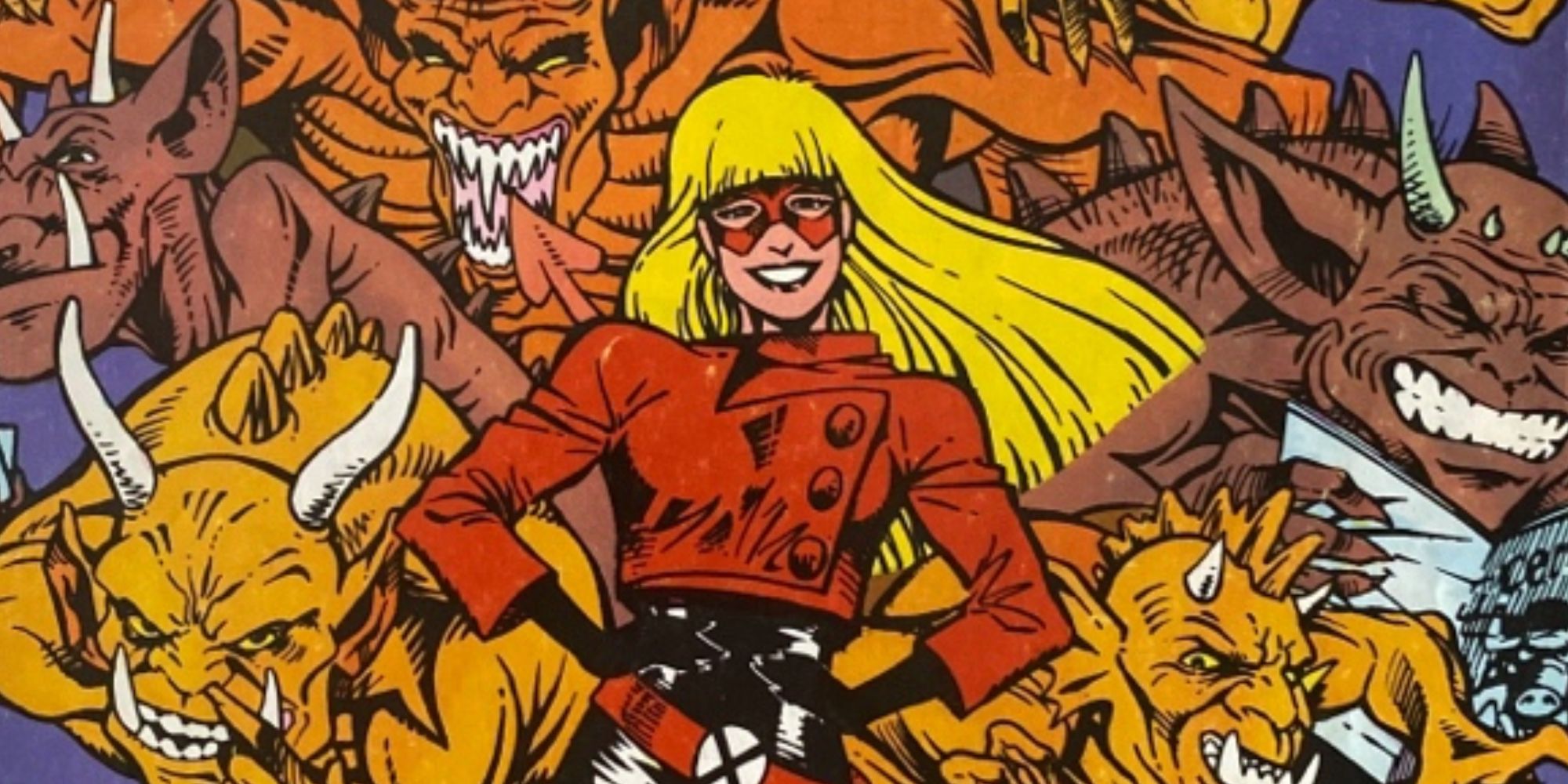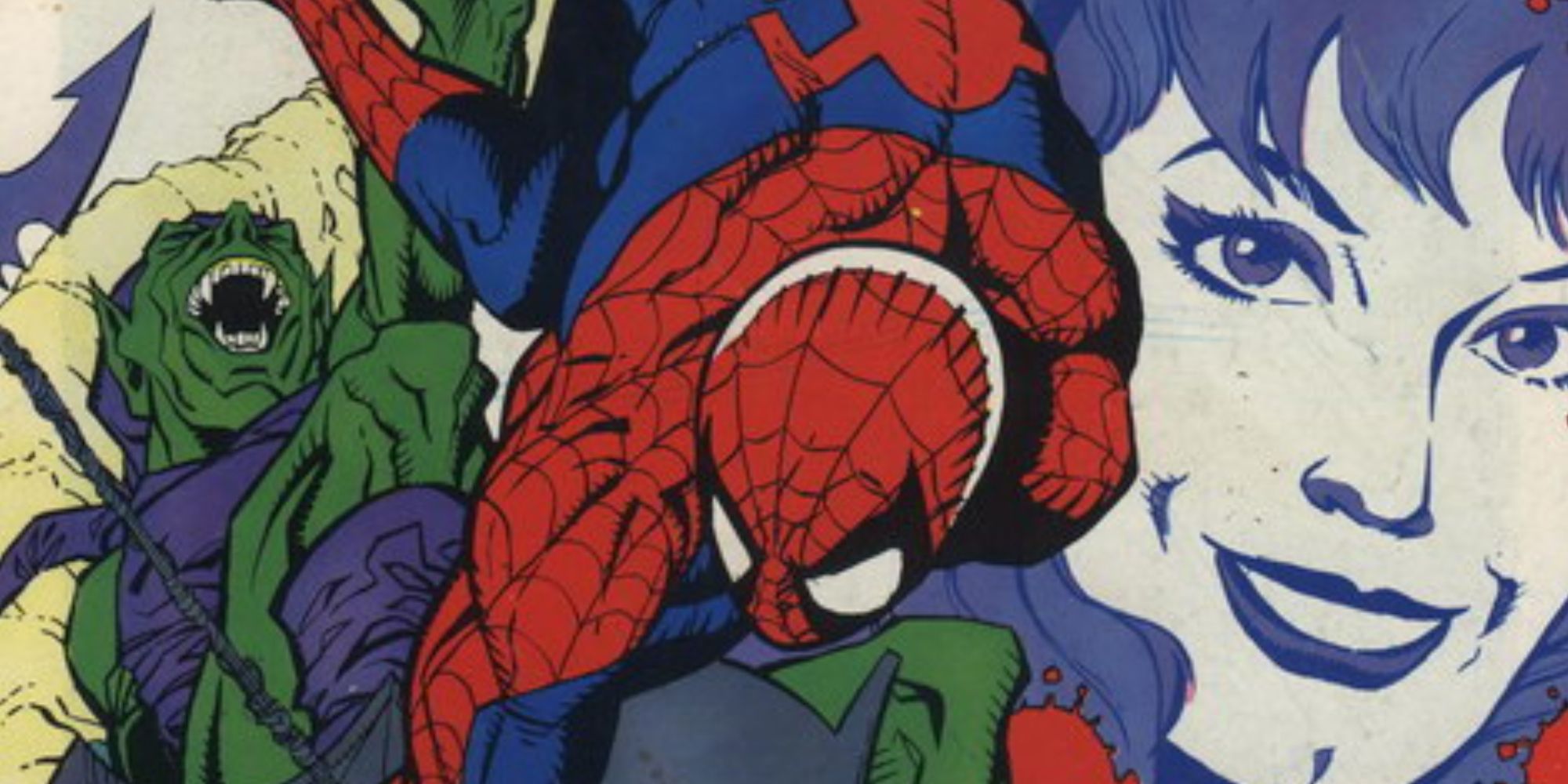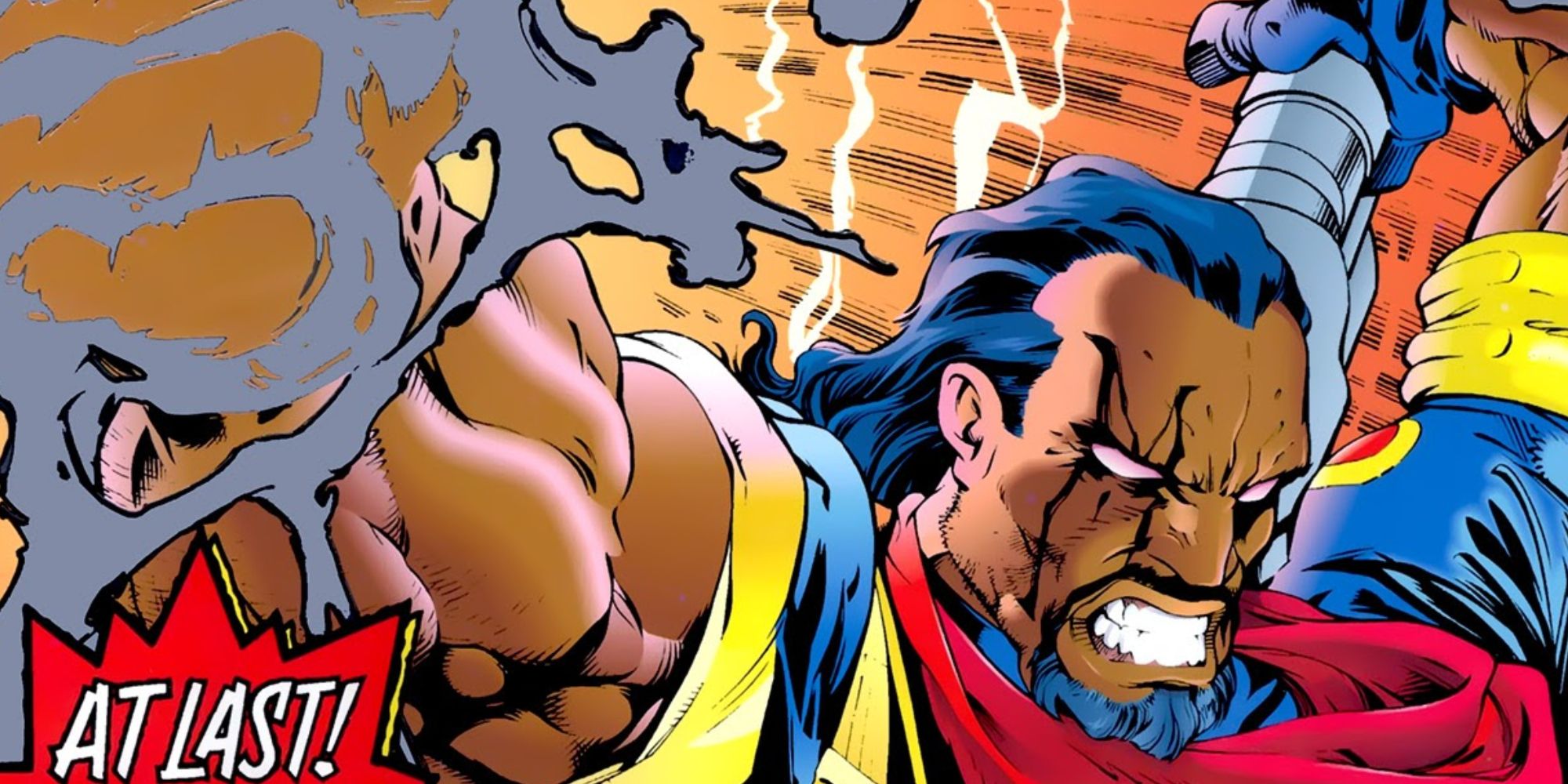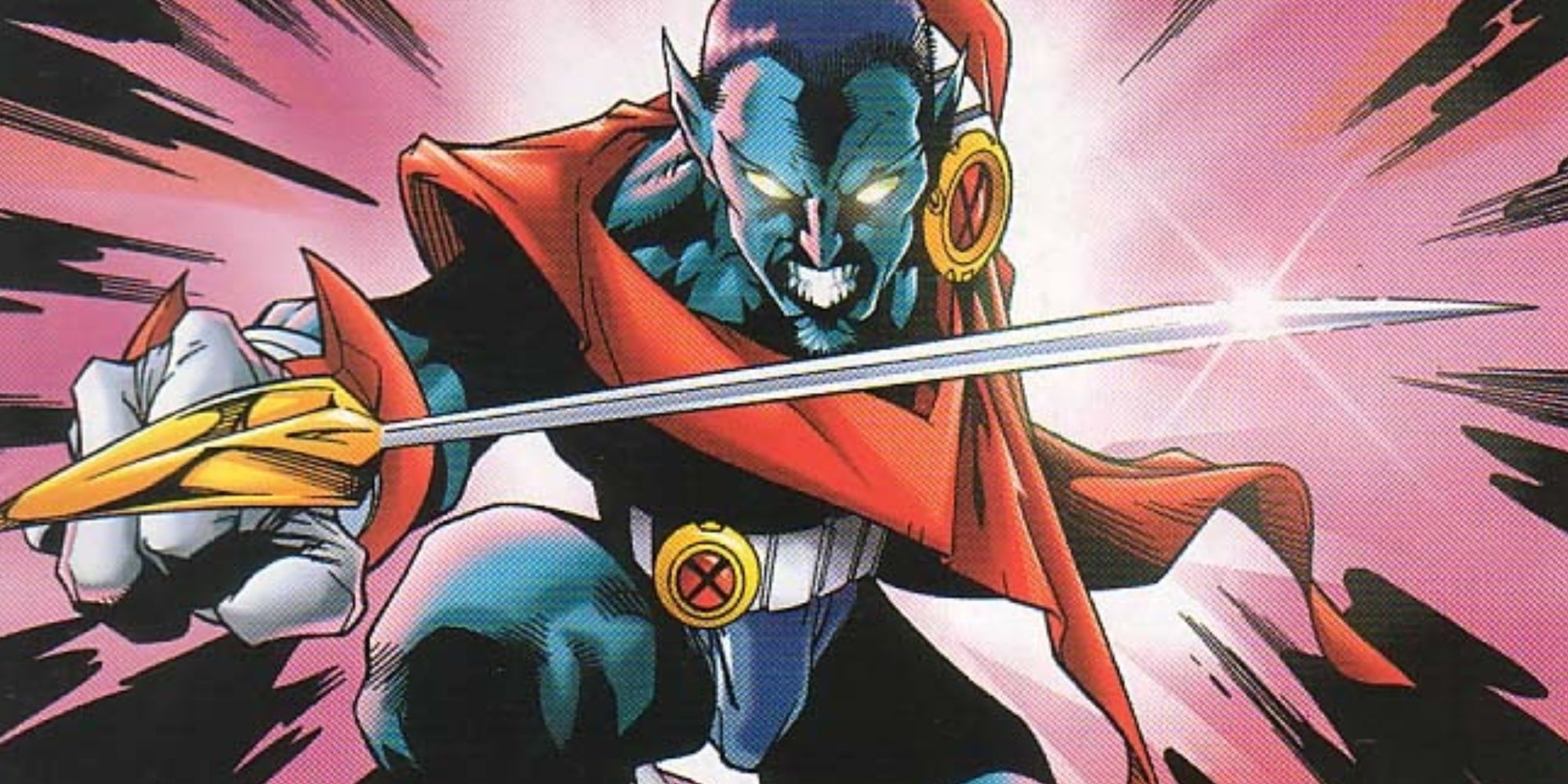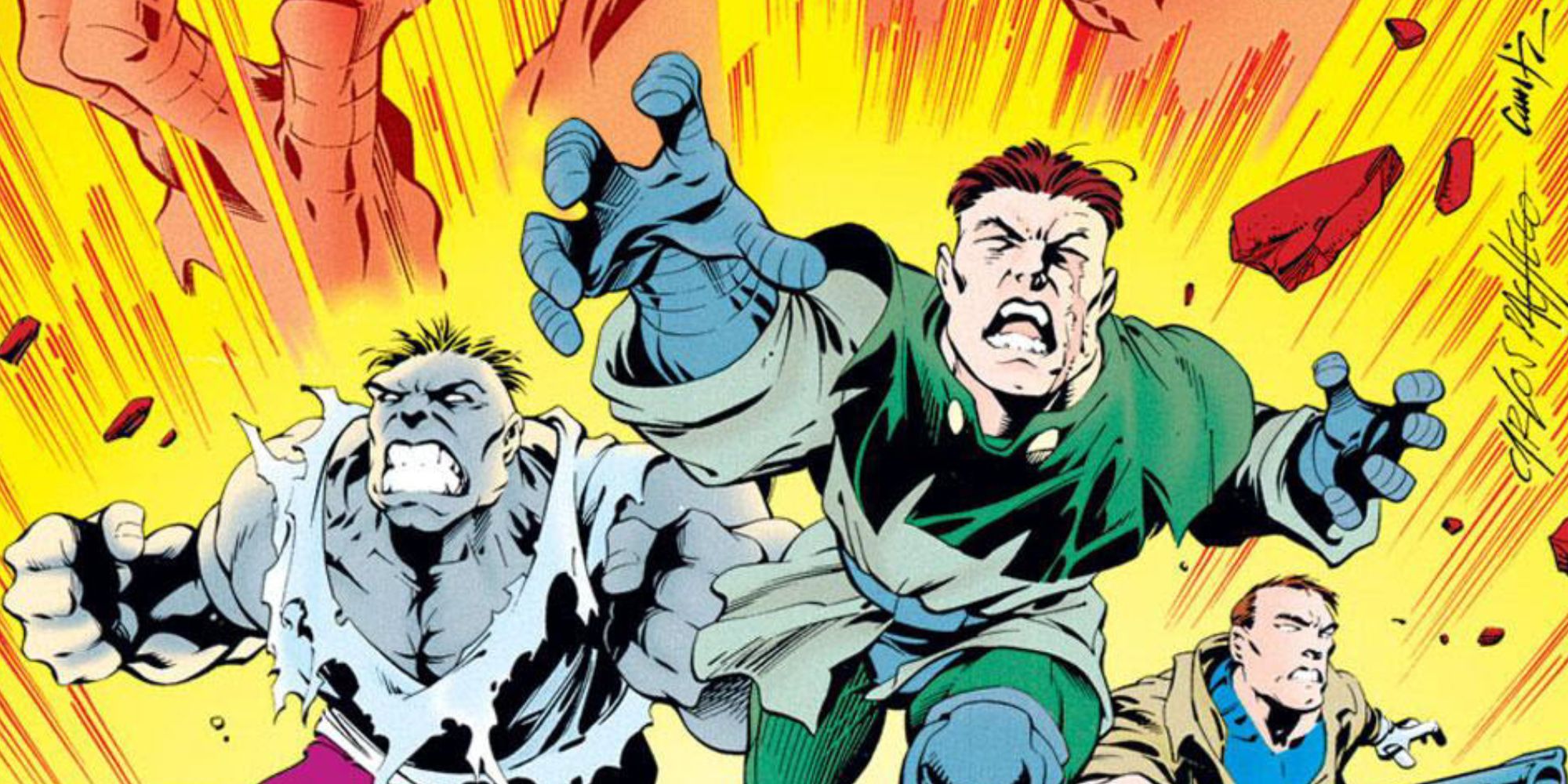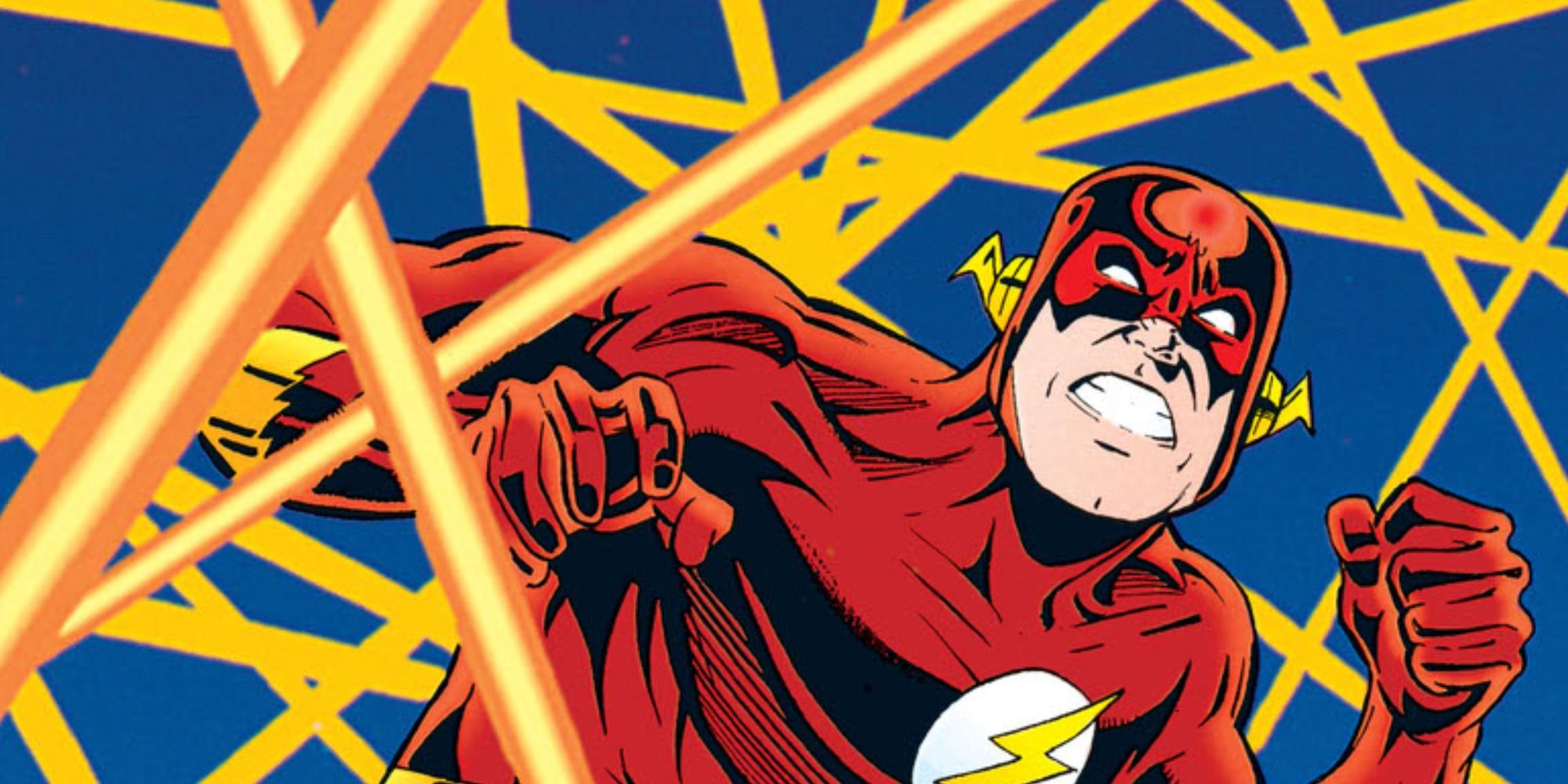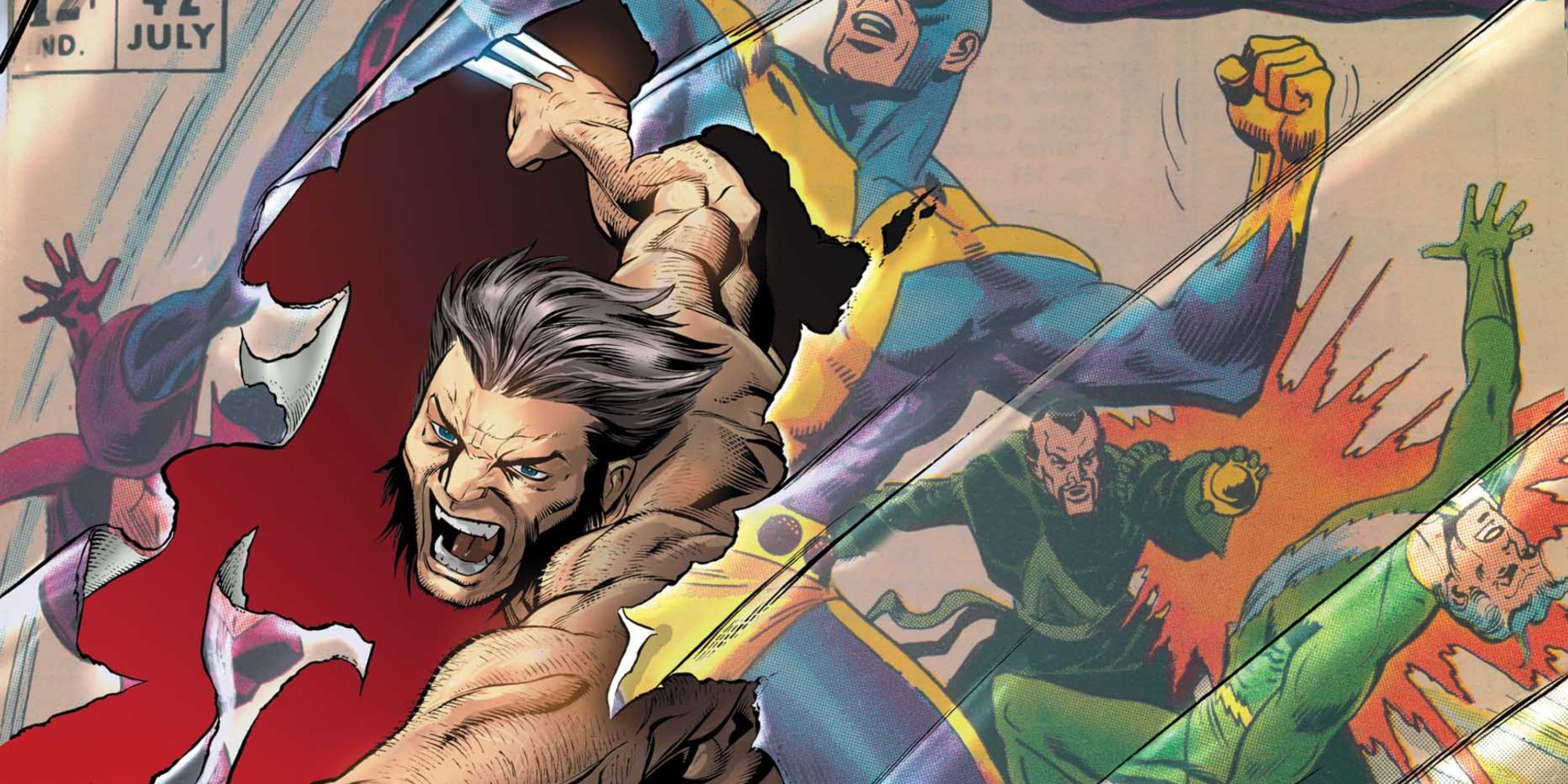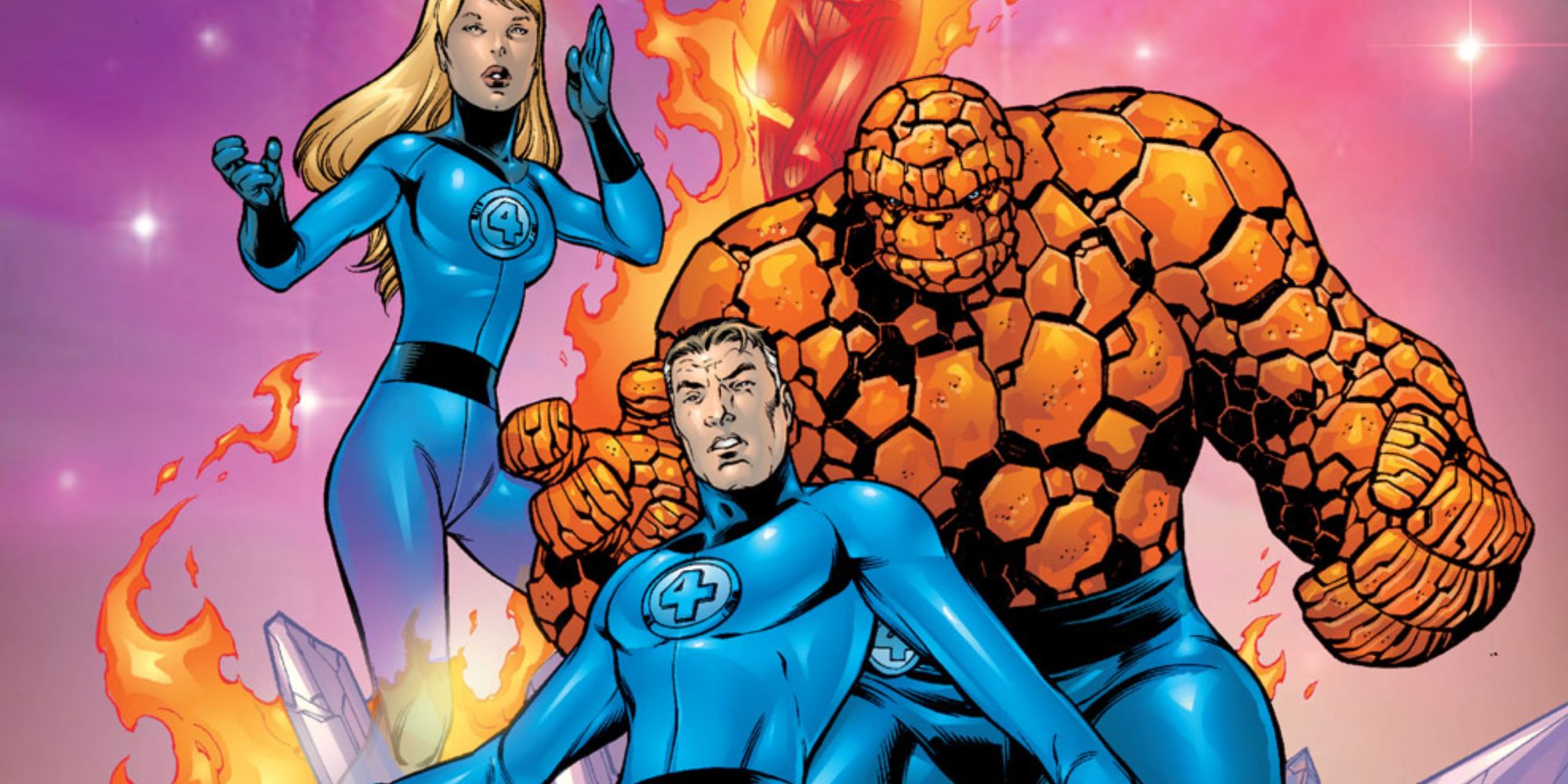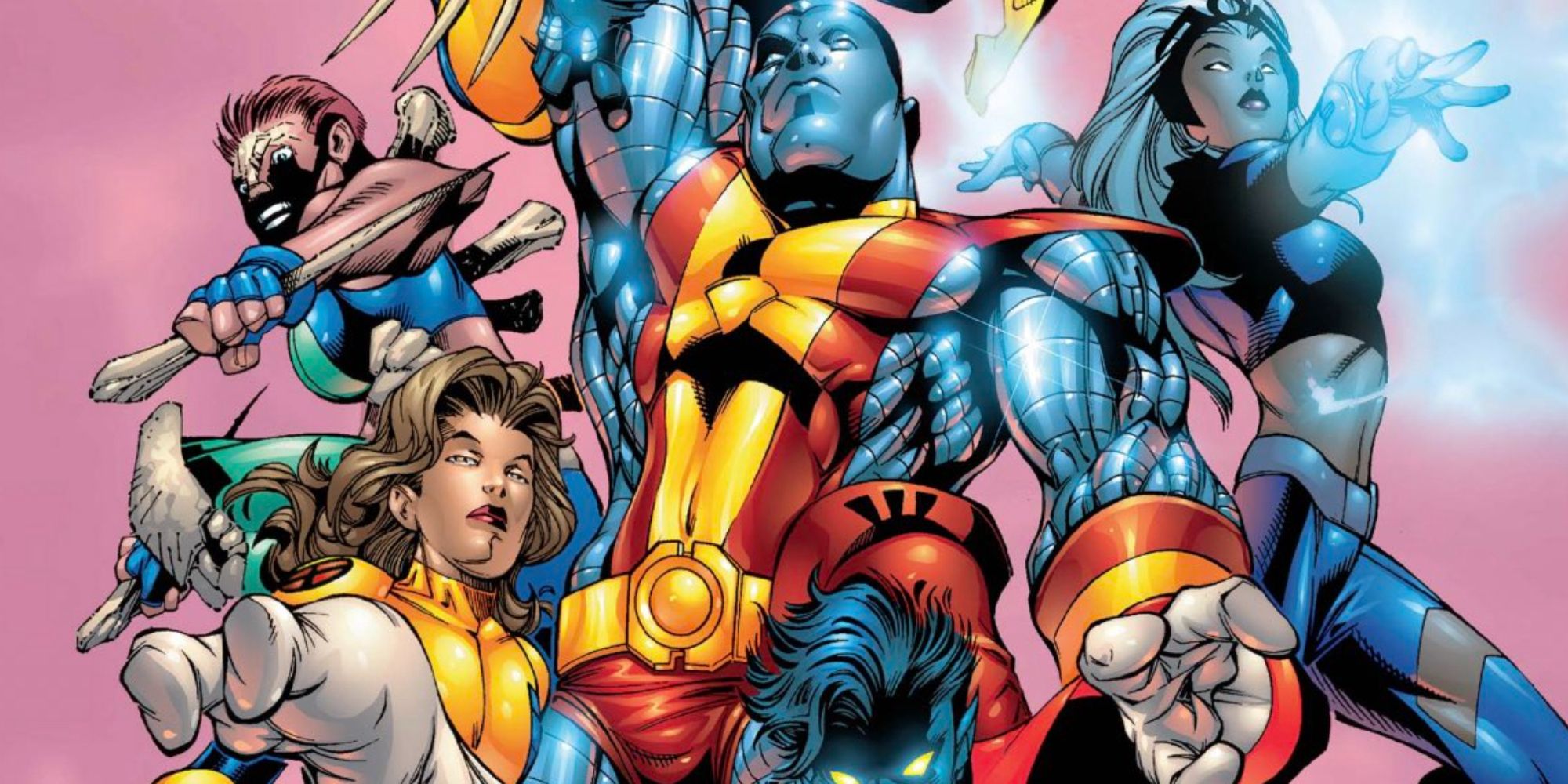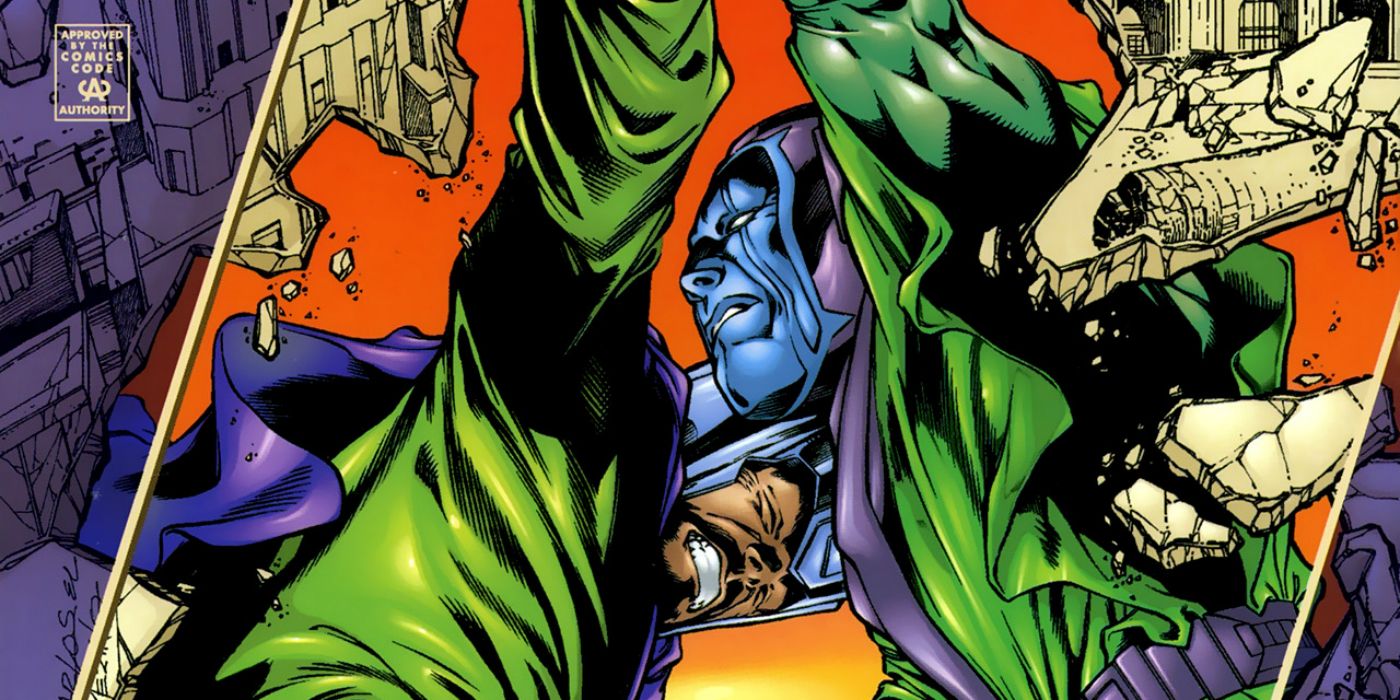Legendary Spanish comic book artist Carlos Pacheco passed away yesterday, leaving behind an incredible legacy across Marvel and DC Comics. His kinetic and somewhat cartoony style proved a tonic to the hyper-extremism in the 1990s. MCU fans owe his work at Marvel, especially on Age of Ultron and Avengers Forever, a big debt as his contributions pay off massively in live-action.
Pacheco left his mark everywhere in the superhero genre. He worked on the biggest comic book icons, including the X-Men, Fantastic Four, Superman, and others. His death leaves a deep void in the comic book world, but fans now have an opportunity to return to his work or discover it for the first time.
Los Nuevos Mutantes
Pacheco got his start in comics in his native Spain, drawing for Planeta-DeAgostini Comics, a Spanish-Italian publisher publishing American reprints. His first Marvel work appeared years before anyone in America saw it, drawing original covers for Los Nuevos Mutantes (The New Mutants) and other related X-titles.
Pacheco's talent and style evidence in these early covers, with his vibrant, cartoonish style lending a light touch to often dark and serious X-Men stories from the late 1980s. While these comics likely prove difficult to obtain outside Spain, the cover art is readily found online and well worth seeking for fans.
Clásicos Marvel
In some ways, Pacheco drew the most iconic Marvel Comics stories ever. He provided covers for Clásicos Marvel, a reprint series that brought the best Marvel stories ever to Europe. Pacheco contributed covers for several key stories, including The Amazing Spider-Man #121, where Gwen Stacy dies in arguably Marvel's most shocking death.
These covers, including takes on classic Wolverine storylines, show how perfectly Pacheco fits with Marvel. His style echoed the past while also reaching forward with energy that felt fresh and new.
Bishop
Pacheco made his Marvel Comics debut with Bishop. This 1994 limited series shined the spotlight on the relatively new X-Men character as well as Pacheco's unique style. His line work avoided the trends that dominated comics at the time, particularly hyper detail and extreme focus on the body.
Pacheco's somewhat softer lines and cartoony, vaguely anime style proved a stark contrast with most comics in the early 1990s and quickly proved popular with fans.
Excalibur
Most casual comic book fans likely associate Excalibur with artist Alan Davis, whose fine line work lands him among the best X-Men artists ever. But Pacheco came on the title late in its run, revitalizing the book and updating the team's visual identity. He created a new, dynamic costume for Nightcrawler during this period.
Pacheco's run saw the team through a new status quo, moving away from its somewhat isolated position in the X-Universe to a more interconnected one. With the mutants coming to the MCU, this period could prove important in how Excalibur manifests in live-action.
X-Universe
Pacheco also contributed in a small but no way insignificant way to Age of Apocalypse. This 1995 crossover, among the best X-Men comic book storylines ever, mostly centered on how mutants changed in an alternate reality. Pacheco's two-issue X-Universe broadened out the scope to see how other Marvel icons fared.
This allowed Pacheco to put his stamp on numerous Marvel titans, including Doctor Doom and the Incredible Hulk. His style continued to solidify, bridging the dynamics of the moment with a cleaner, sometimes softer line that recalled earlier comic book eras.
The Flash
That synthesis between dynamism and elongated, cartoony lines made Pacheco ideal for The Flash. Though his run on the title lasted only a few issues, mostly filling in for the regular artist, he put his signature stamp on what many fans consider the best Flash comic books from the 1990s.
Pacheco arguably influenced The Flash's style for years after, as the book utilized artists with the same general sensibility, making it light and fun like the character himself.
Age Of Ultron
Pacheco returned to Marvel in 2009 after an extended run at DC Comics. He hit the ground running with Age of Ultron, among the most important Marvel Comics events and the most influential. His work leaned into the storyline's classic Marvel vibes, including an all-time cover of Age of Ultron #6 where a time-traveling Wolverine claws through Avengers #42's original art.
This iconic storyline influenced the MCU to some extent. Though Pacheco worked for DC during the early 2000s, when many comics emerged that inspired the MCU, his work in the late 1990s and beyond prove as important.
Fantastic Four
Few comics in Pacheco's bibliography prove his power in melding the past and present more than Fantastic Four. He came on board the title in the early 2000s in a run that ended too soon. But he brought his trademark style to the book, harkening back to its Silver Age roots in ways fans appreciated.
Pacheco also co-wrote the series, first with Rafael Marín and then Jeph Loeb, responsible for The Long Halloween, among the best Batman comic book storylines ever. Pacheco's run saw the team leave behind the turbulent 1990s when the Heroes Reborn reboot sought to modernize them with less-than-stellar results.
X-Men
Pacheco also helped the X-Men move on from a slightly less bumpy 1990s. His success in earlier titles earned him the main X-Men comic book in 1997. His dynamic art style and penchant for action scenes made him ideal for the book, and he distinguished himself well from the great artists who preceded him.
He worked on the Operation: Zero Tolerance storyline during this period, which saw Bastion and others try to wipe out mutants in the United States. This story introduced new Sentinel models who could appear in the MCU.
Avengers Forever
Avengers Forever counts as perhaps Pacheco's greatest work, and potentially the most influential. This 1998 miniseries, written by Kurt Busiek, saw Avengers from across the multiverse assemble to take on Kang The Conqueror and his variants, including Immortus, in a battle for figuratively and literally all time.
Pacheco's love for the characters and throwback art style rendered a classic Avengers story that helped rediscover the book's identity after a wayward decade in the 1990s. This book also likely factors heavily in Kang's story in the MCU, ensuring Pacheco's incredible legacy lives on among comic book fans.

